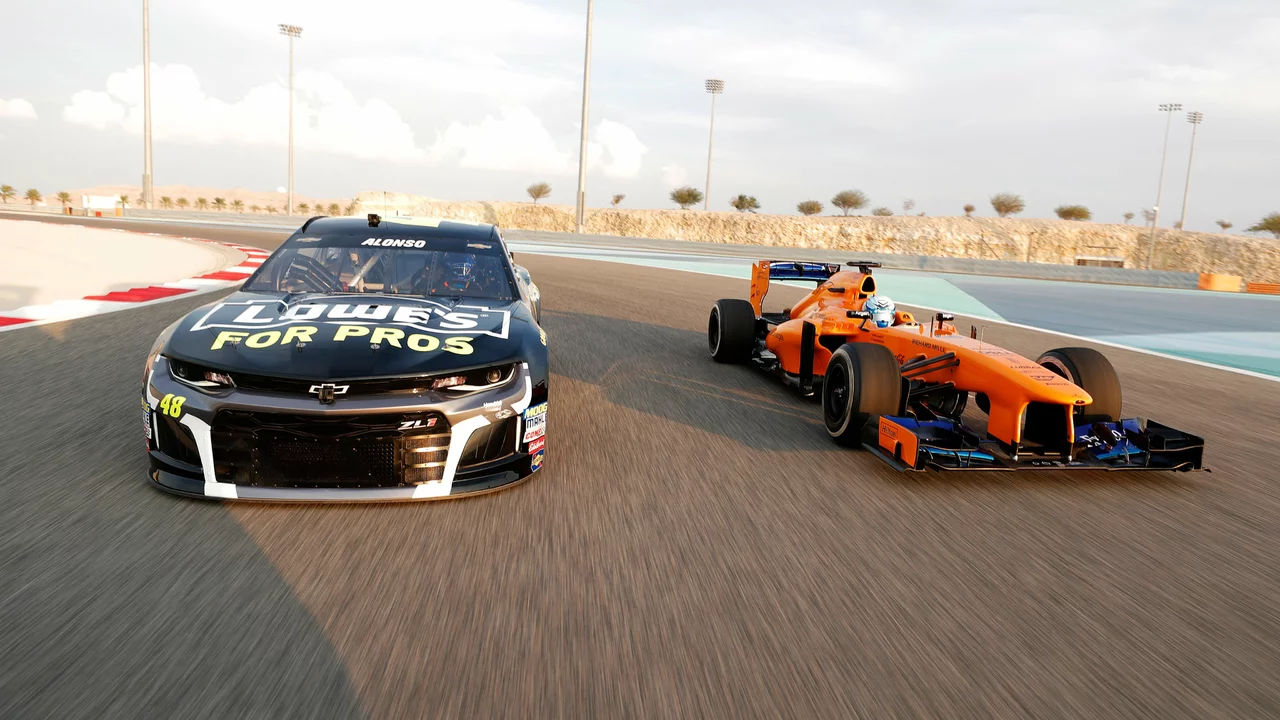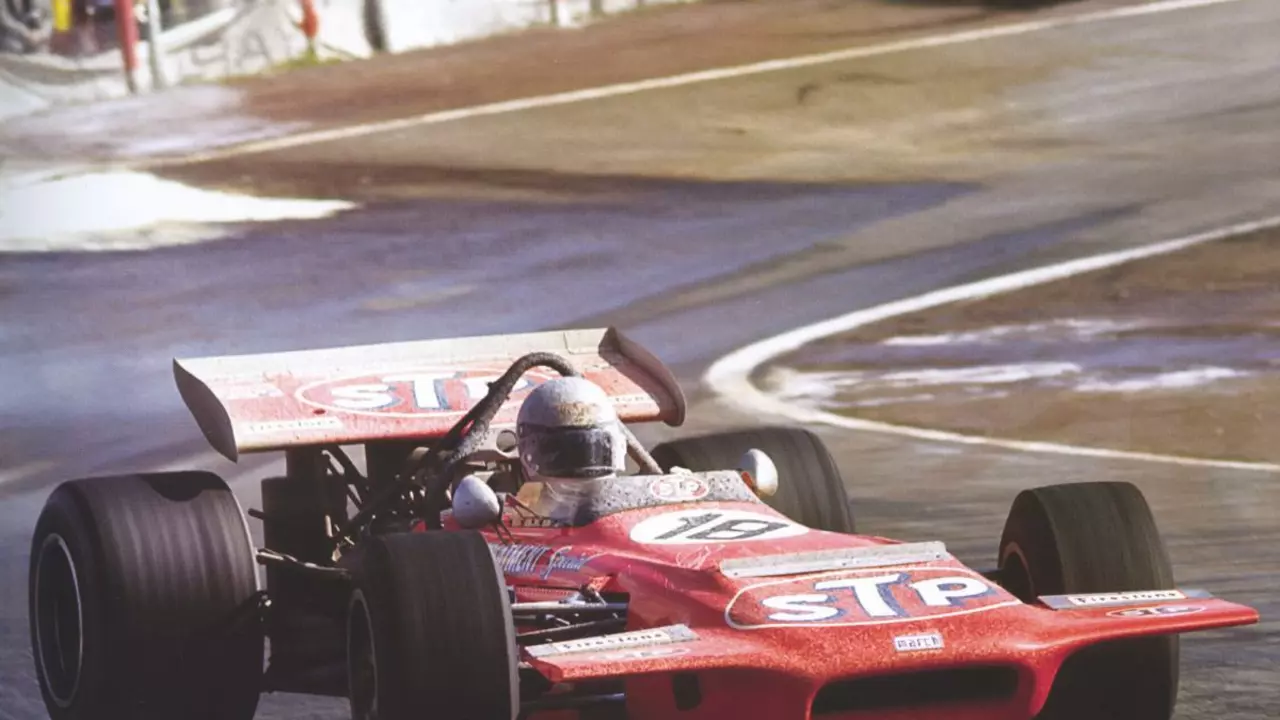Motorsports Analysis: Real Talk on NASCAR, F1 and IndyCar
If you love watching high‑speed races, you’ve probably wondered which series is the toughest on drivers. The answer isn’t a simple yes or no – it depends on speed, car design, track type and how close the cars run. In this guide we break down the big questions in plain language so you can see the facts and decide what matters for your safety gear.
NASCAR vs F1/Indy: Which Is Riskier?
NASCAR cars sit heavier and race mainly on oval tracks where drivers sit close together. That closeness means bumps and side‑by‑side contact happen a lot. F1 and IndyCar, on the other hand, reach higher top speeds and often have open‑cockpit designs that expose the driver to more direct impact. The higher speed can turn a small mistake into a big crash, while the heavier NASCAR chassis can absorb more energy but still produce severe side hits. In short, NASCAR is risky because of the pack racing, while F1/Indy pose danger through sheer speed and exposure.
Can an F1 Car Beat IndyCar on the Track?
It’s tempting to say an F1 car would dominate an IndyCar race, but the reality is messier. F1 machines excel on twisty road circuits with brilliant aerodynamics, but they struggle on the long ovals that dominate the IndyCar calendar. IndyCar’s slightly heavier chassis and more robust suspension give it a grip advantage on those high‑banked turns. When you swap the cars onto a road course, the F1 car usually posts faster lap times, yet on an oval the IndyCar’s design can keep up or even outpace the F1 machine. So the winner depends on the track, not just raw power.
Speed isn’t the only factor. F1 cars use hybrid power units that deliver instant torque, while IndyCars run simpler V6 engines that are easier to maintain across different circuits. This difference influences how drivers manage fuel, brakes and tire wear, especially during a long race. A driver who knows how to conserve energy in an F1 car might lose time on an Indy oval where fuel strategy plays out differently.
Track surface also matters. Road courses often have more grip, letting the sophisticated downforce of an F1 car shine. Oval tracks rely on banking angles to generate downforce naturally, which levels the playing field for IndyCars that are built with those conditions in mind. Switching a car from one environment to another can change handling dramatically, and drivers must adapt their style to stay safe.
Driver skill is the wild card in every comparison. An experienced NASCAR driver may avoid a big pile‑up on a tight oval, while a veteran F1 racer can navigate a high‑speed corner with razor precision. When you throw an IndyCar driver into a road race, the learning curve is steep. The best outcomes come when drivers stick to the series they train for, because familiarity reduces mistakes and crashes.
So, what does this mean for you as a helmet shopper? If you follow NASCAR, expect tighter packs and more side‑impact protection. For F1 or IndyCar fans, look for helmets that handle high‑speed debris and provide extra coverage around the visor area. Choose a model that balances weight and strength – you’ll be more comfortable and safer no matter which series you watch.
Bottom line: Both NASCAR and F1/IndyCar bring unique hazards. Understanding the differences helps you pick the right safety gear and enjoy the thrill without worry. Keep these points in mind the next time you tune in, and you’ll stay ahead of the curve on and off the track.
Well, folks, I've been pondering this age-old question - Which is more dangerous: NASCAR or F1/Indy cars? It's like choosing between a rattlesnake and a cobra, ain't it? Both have their unique hazards, but overall, F1/Indy cars take the cake (or should I say, the crash helmet?). These speed demons reach higher speeds and the open cockpit design can expose drivers to more risk. However, let's not forget our NASCAR buddies, they race in closer proximity which can lead to more frequent crashes. So, folks, no matter which track you're on, remember to buckle up and keep the rubber side down!
While it might seem like an F1 car would dominate an IndyCar race due to its superior speed and technological advancements, it's not that simple. The two series have different rules, circuits, and car designs, which play a major role in the outcome. F1 cars excel in high-speed corners but may struggle on the oval tracks that IndyCar often uses. Moreover, the heavier weight of an IndyCar could prove advantageous in certain conditions. So, while an F1 car might have an edge in some aspects, it's not a clear-cut victory in an IndyCar race.

